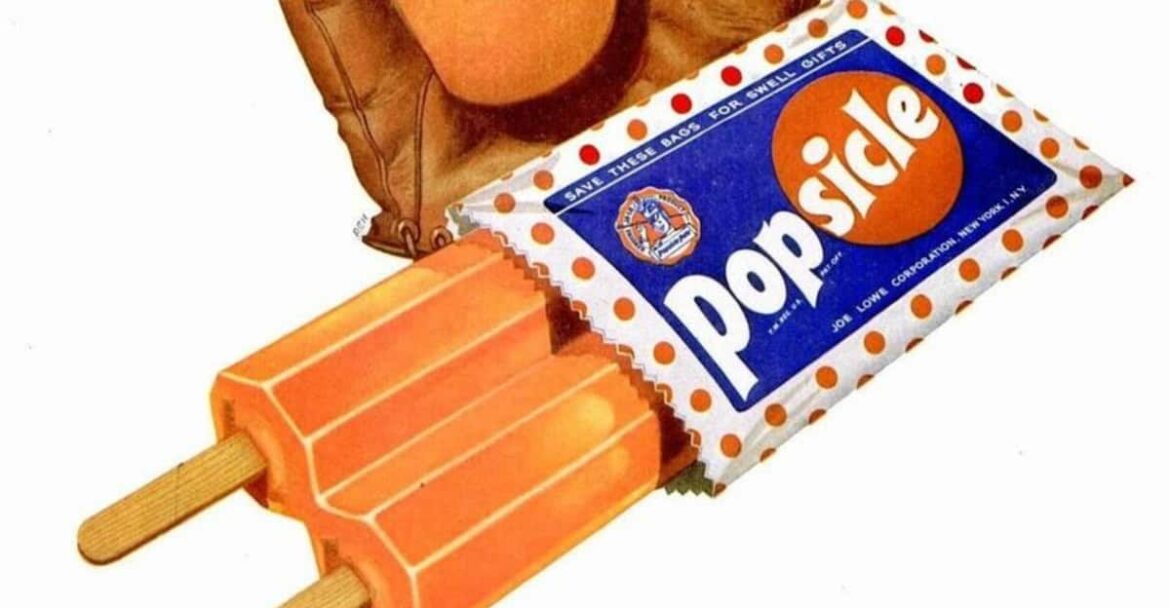In the realm of branding, some names have transcended their origins, becoming synonymous with entire categories of products.
This transformation from brand name to household word is a testament to the power of marketing and consumer adoption.
Let’s explore 10 old brand names that have become integral to our everyday language.
1. Kleenex
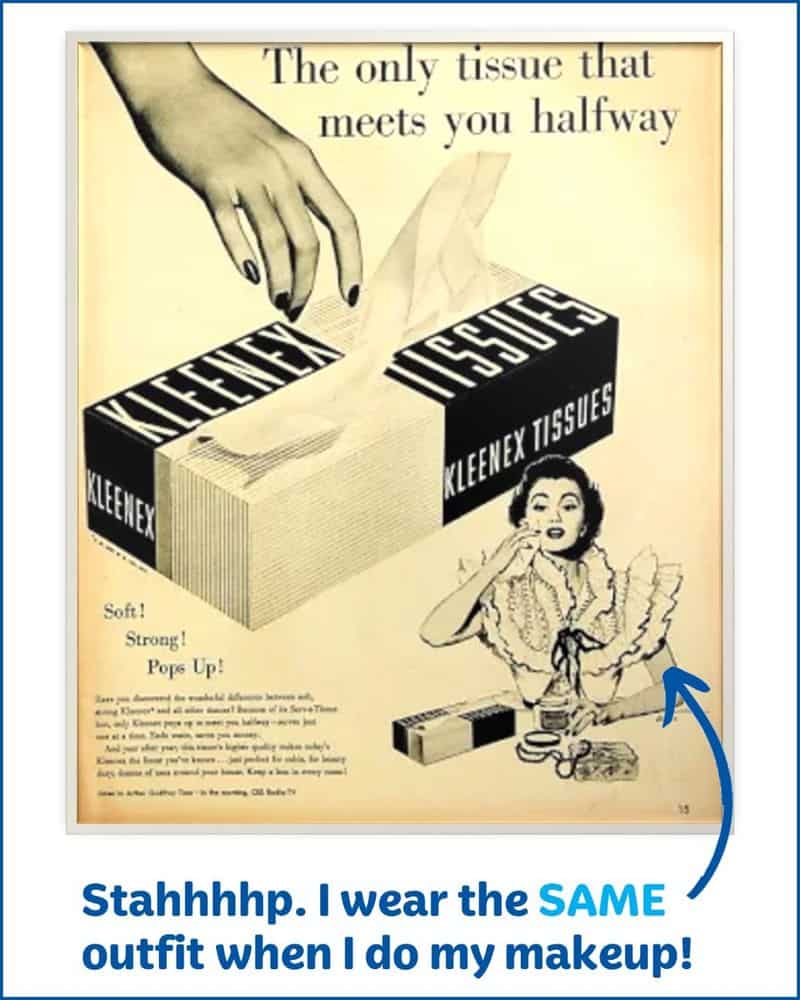
Originally introduced in 1924 by the Kimberly-Clark Corporation, Kleenex was initially marketed as a facial tissue for removing makeup. Over time, it became the go-to term for tissues in general.
Today, whether you have a cold or need to wipe away tears, you likely ask for a Kleenex, regardless of the brand on the box. This ubiquitous presence in households is a testament to its branding success.
The word Kleenex is now embedded in our vocabulary, representing not just a product, but a daily essential for millions around the world.
2. Zipper
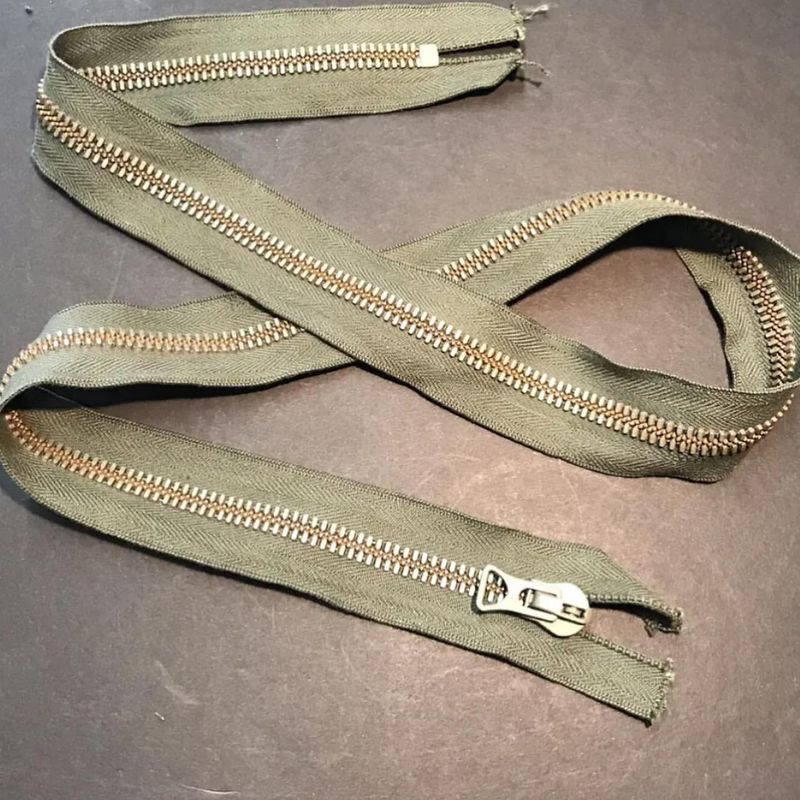
The zipper, patented in 1913, revolutionized the way we fasten clothing and accessories. Originally called the “hookless fastener,” it was the B.F. Goodrich Company that coined the term “zipper” for their rubber boots in 1923.
The term quickly caught on, overtaking previous names, and became the standard reference for all such fasteners. Zippers are now an integral part of everyday fashion and utility items, making the convenience they offer irreplaceable.
From jackets to bags, the word zipper is an essential part of our daily language, signifying both practicality and style.
3. Thermos
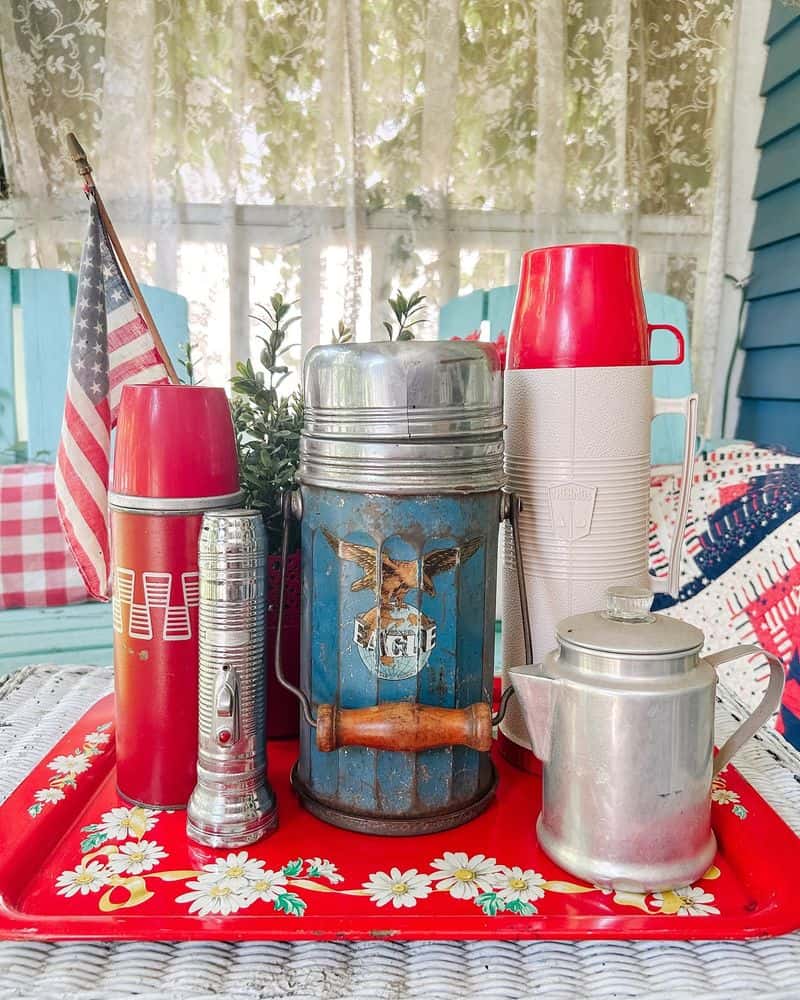
The Thermos brand began in 1904 when German scientists invented the double-walled vacuum flask, initially named “Thermophor.” In 1907, the Thermos Company was formed, bringing the product to the masses.
Its ability to keep liquids hot or cold for extended periods made it indispensable for travelers and outdoors enthusiasts. Today, any vacuum-insulated container is often referred to as a “thermos,” regardless of its brand.
This linguistic shift illustrates the product’s impact and widespread adoption, as well as its role in shaping how we transport and enjoy beverages on the go.
4. Escalator

The original escalator, invented by Charles Seeberger and produced by the Otis Elevator Company, debuted at the Paris Exposition in 1900. The term “escalator” was soon adopted to describe moving staircases everywhere.
It quickly became a household word due to the device’s increasing presence in department stores, airports, and public spaces. This invention not only changed architectural design but also how people moved within buildings.
Despite being a trademarked term initially, “escalator” is now widely used to refer to any moving staircase, demonstrating its profound influence on urban mobility.
5. Yo-Yo
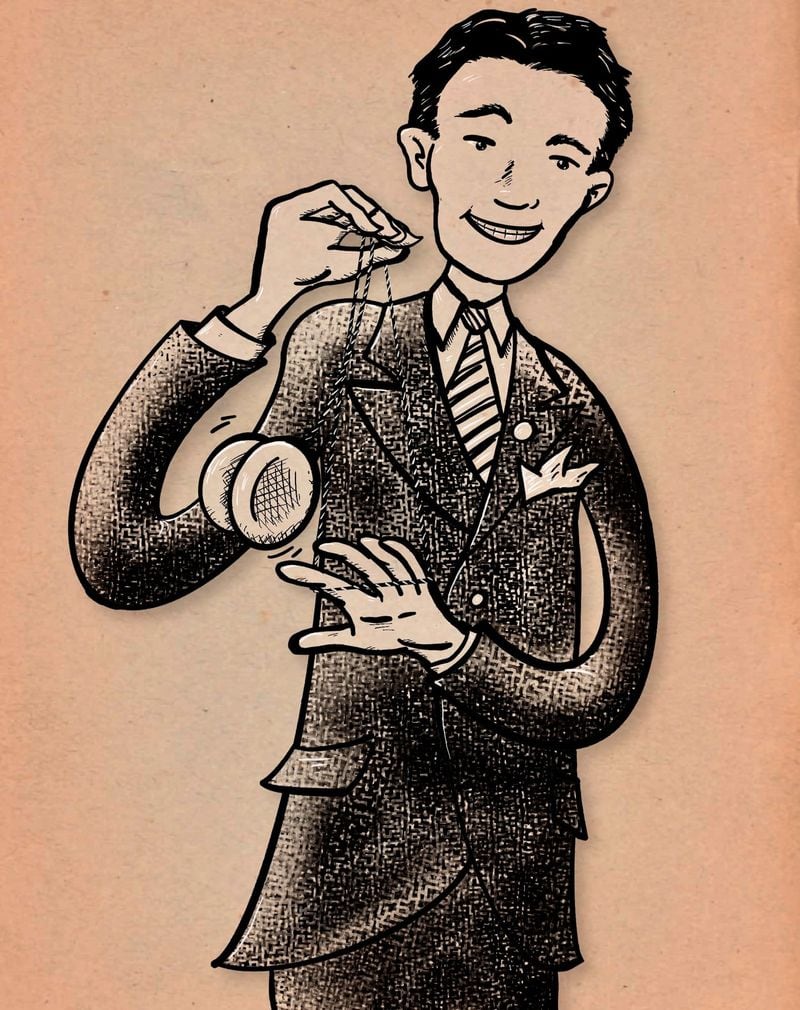
The yo-yo’s journey from ancient toy to modern craze highlights its fascinating history. Pedro Flores, a Filipino immigrant, popularized the toy in America in the 1920s.
The term “yo-yo” was trademarked by Donald Duncan in 1932, becoming synonymous with the toy worldwide. It’s a simple yet captivating toy that has entertained generations, prompting skill competitions and creative tricks.
The yo-yo’s branding success lies in its universal appeal and continued relevance. Despite many innovations, the name yo-yo remains unchanged, a testament to its enduring place in both popular culture and playful recreation.
6. Aspirin

Aspirin, developed by Bayer in 1899, was initially branded as a revolutionary remedy for pain and inflammation. As a groundbreaking pharmaceutical, it quickly gained global recognition.
The name “aspirin” comes from the Latin “a-” meaning without, and “spirin,” derived from Spiraea ulmaria (meadowsweet plant), highlighting its natural origins.
Over time, aspirin became a generic term for all acetylsalicylic acid products used to relieve pain and reduce fever. Its impact on medicine and its role in everyday health care underscore how a brand can become a global staple, transcending its original identity.
7. Jacuzzi

The Jacuzzi brand, founded by the Italian Jacuzzi brothers in the 20th century, introduced the world to hydrotherapy. Originally known for aircraft propellers, the brothers created their first hydrotherapy pump in the 1940s.
The term “Jacuzzi” soon became synonymous with hot tubs and whirlpool baths, offering a combination of relaxation and therapeutic benefits. Today, the name evokes images of luxury and leisure, regardless of the brand manufacturing these tubs.
The Jacuzzi’s transformation from a family name to a common noun reflects its iconic status and the widespread adoption of its innovative hydrotherapy techniques.
8. Band-Aid

Invented by Johnson & Johnson employee Earle Dickson in 1920, Band-Aid revolutionized wound care. The brand’s adhesive bandages provided an easy and effective way to protect minor cuts, making them a household staple.
Over time, Band-Aid’s convenience and practicality led to its name being used generically for all adhesive bandages. Its success story is one of innovation meeting everyday needs, ensuring that minor mishaps don’t hinder daily life.
The term “Band-Aid” now represents more than just a product; it’s a comforting solution for life’s little injuries, trusted by households around the world.
9. Popsicle

The Popsicle brand, founded by Frank Epperson in 1923, originated from a happy accident when he left a cup of soda with a stick in it to freeze. The frozen treat quickly became popular, especially among children.
The term “Popsicle” has now come to describe any frozen juice or flavored ice on a stick. Its refreshing blend of flavor and nostalgia makes it a summer favorite.
The success of Popsicle lies in its simplicity and universal appeal, capturing the essence of childhood joy. Despite various competitors, Popsicle remains the quintessential name for this icy delight.
10. Scotch Tape
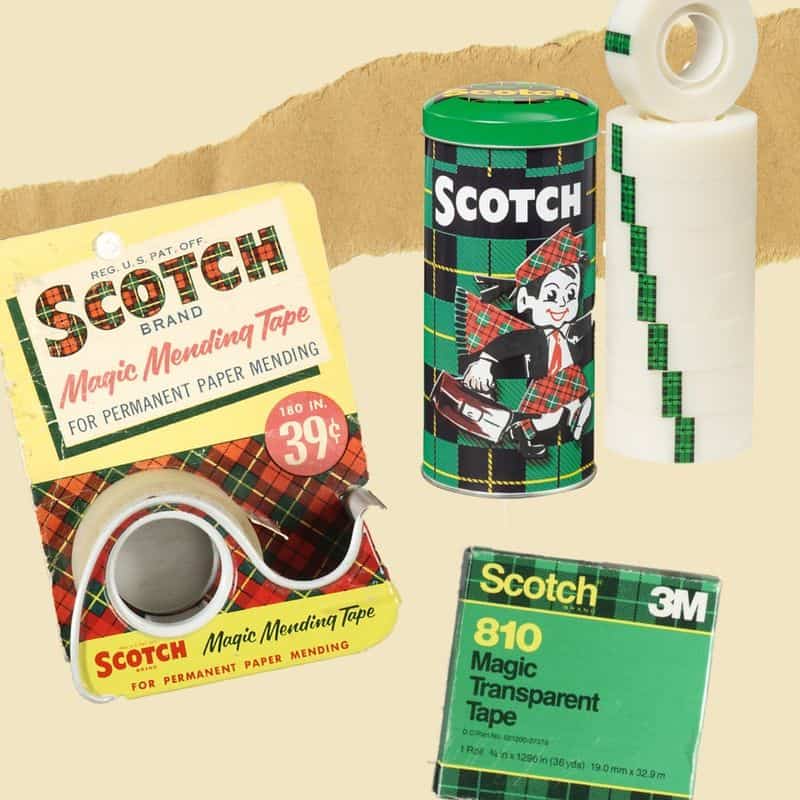
Scotch Tape, introduced by 3M in 1930, was a groundbreaking invention for sealing and mending. Its unique adhesive properties made it indispensable in both homes and offices.
Originally marketed for automotive use, its versatility quickly expanded its applications. The brand name “Scotch” became synonymous with transparent adhesive tape, signifying reliability and efficiency.
Whether for crafting or gift-wrapping, Scotch Tape is a go-to solution. Its integration into everyday tasks highlights its utility and innovation, cementing its place as a household word. The product’s enduring popularity underscores its importance in modern life.
